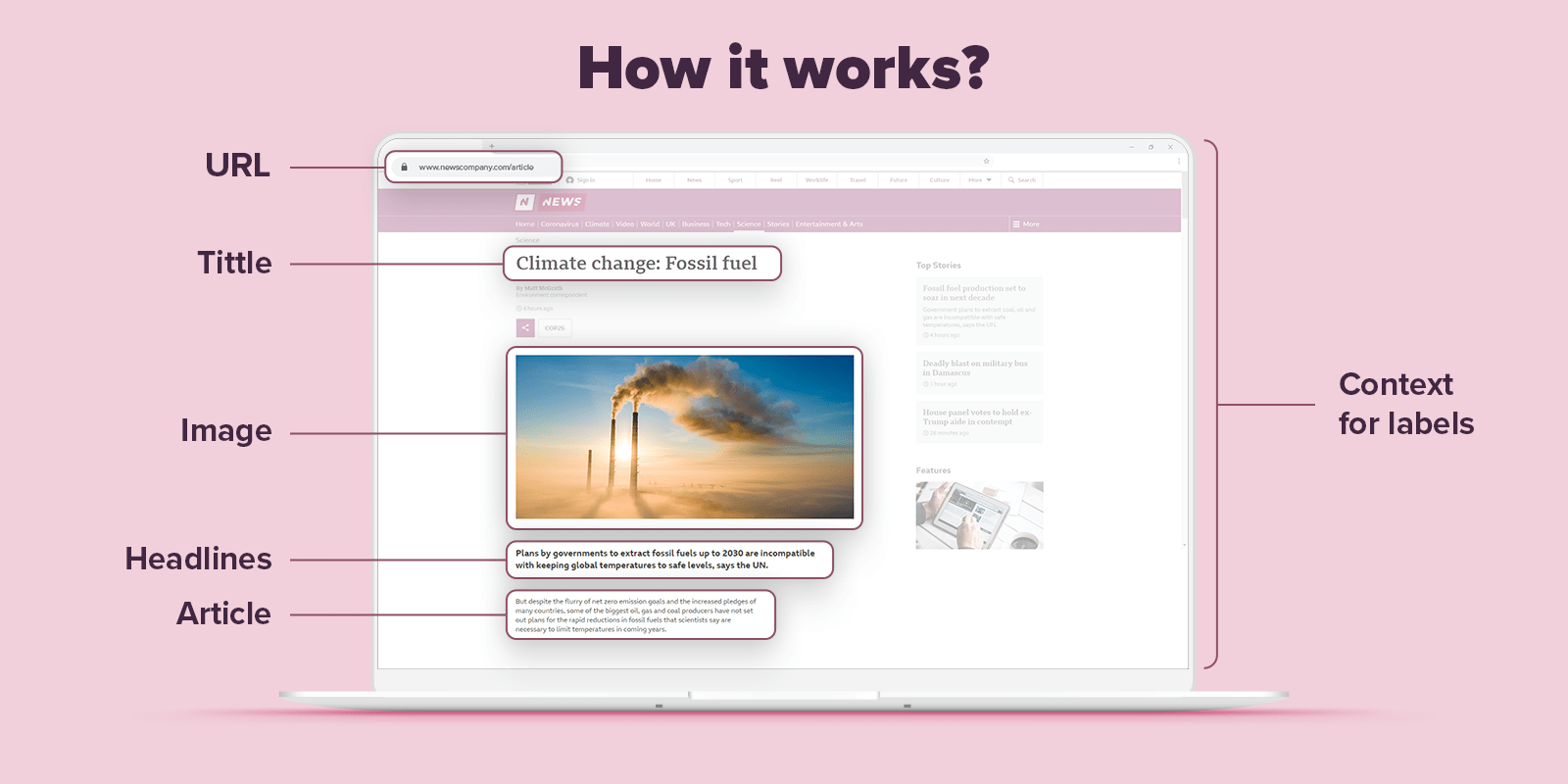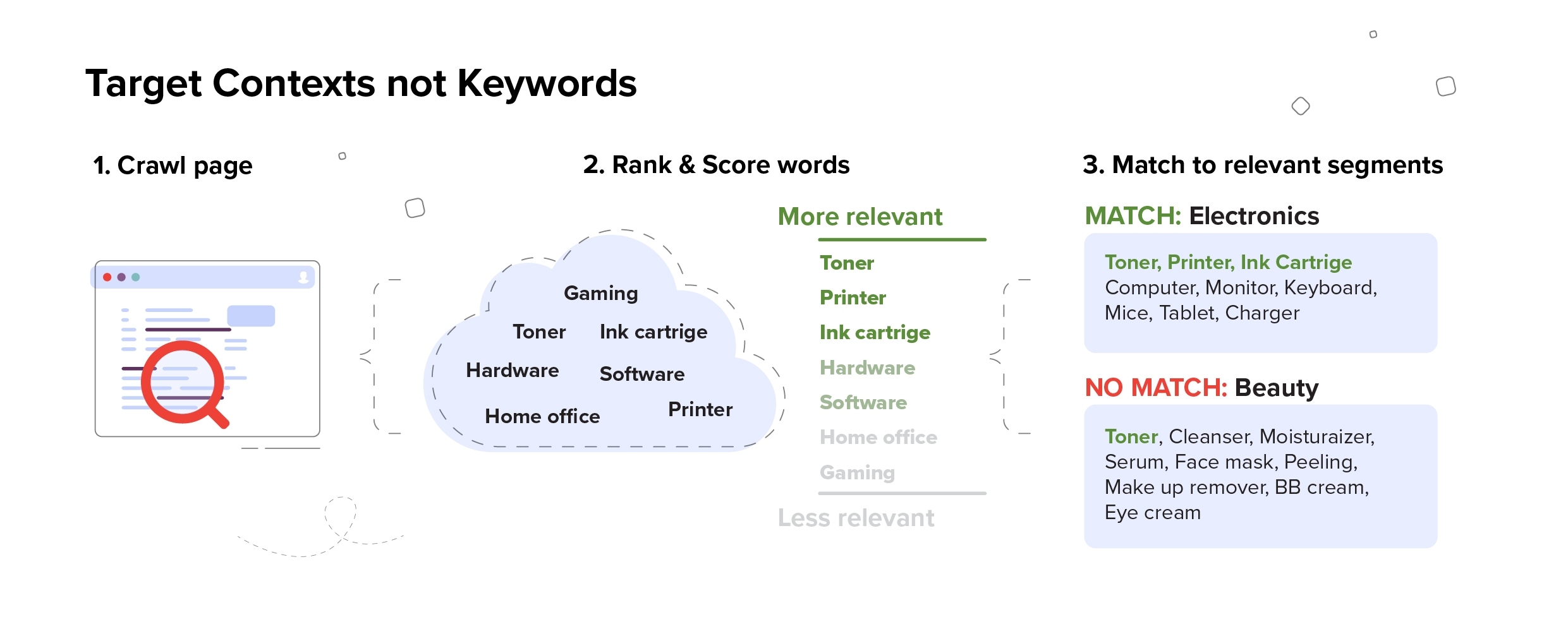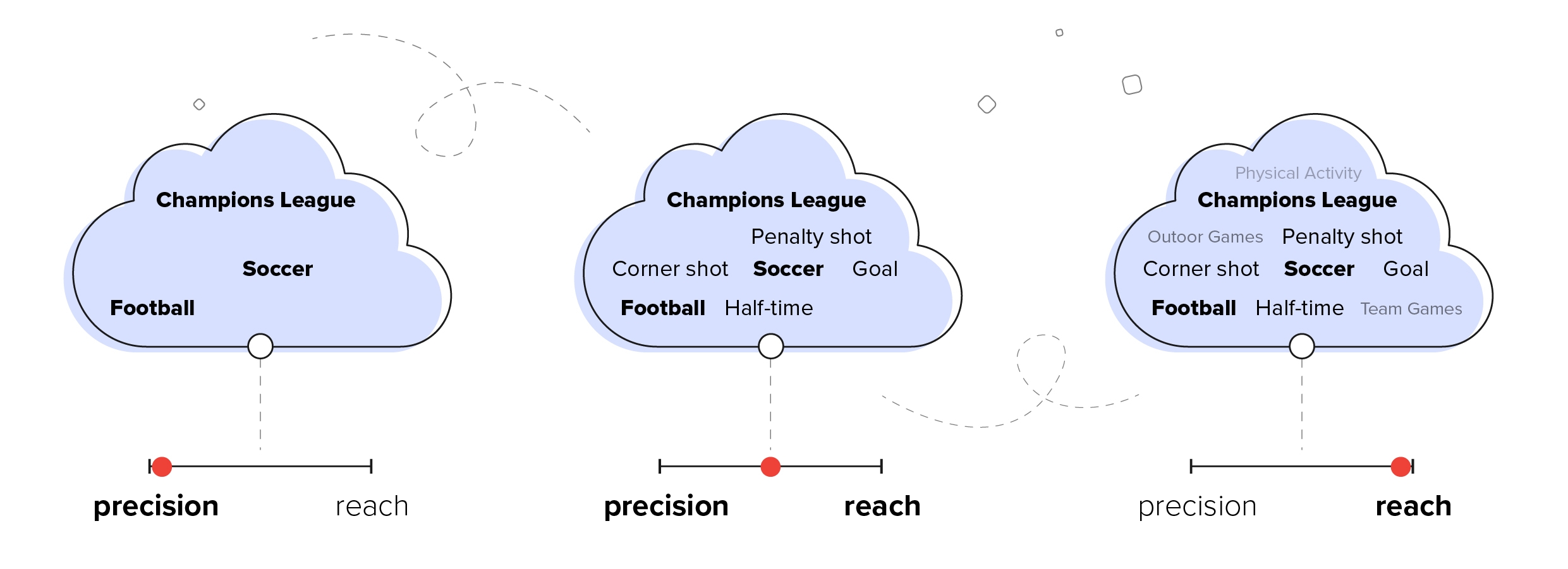Last Updated on: 26th May 2024, 07:11 pm
Contextual targeting is once again becoming a key talking point for brands and digital advertisers. Those marketers who have been in the game for some time might be feeling a sense of déjà vu, but we’re not going back to the past. In this article, we will explain how AI algorithms are revolutionizing contextual targeting techniques.
In this article you will learn about:
- Contextual targeting means that advertising content fits the medium on which it is displayed
- Advanced targeting is also tailored to individual users, directly addressing decision triggers
- Google’s decision to end third-party tracking cookies will disrupt advertising techniques
- Contextual targeting in digital marketing will become a key tool for agencies and brands to reach users
- Deep Learning technologies enable advanced contextual targeting methods
Table of Contents:
- What is contextual targeting in digital marketing?
- Why is contextual targeting in the spotlight again?
- Context AI enters the game
- Target people, not context
- Contextual targeting now and in the cookieless future – find out why you should try it
What is contextual targeting in digital marketing?
Contextual targeting is simple. It is about placing relevant ads alongside the most relevant content using ai algorithms. This has never been exclusive to digital marketing. Evaluating the potential audience of a specific show is still a key factor when deciding a TV ad spend. The same goes for ads in print; women’s magazines tend to advertise feminine products while automotive companies snatch up ad space in car magazines. Whatever the medium, the platform’s users are likely to resonate with the brand’s message.
While the idea of contextual marketing is pretty simple, the strategy can be executed in a lot of different ways. For example, Honda can advertise three major features of a new, better version of a car model. These ads would typically be placed on platforms with an interest in cars; for example, the online versions of popular car magazines.
The other way to approach context is to focus on specific aspects of the car, tailored to your audience. On a parenting tips website, Honda might showcase the car’s safety features, while a site for sports enthusiasts might show a Honda carrying surfing or skiing gear.
Why is contextual targeting in the spotlight again?
It’s not often that the tech space will return to 20-year-old technology as the “next big thing”, but AI advertising has really shaken things up. To understand why online advertising is interested in contextual targeting, we need to take a closer look at technological advancements and the privacy controversies surrounding alternative, third-party cookie-based targeting.
Technological advancements such as AI advertising have made contextual targeting in digital marketing much more scalable. RTB House’s AI algorithms are able to scan and understand 95% of the internet. This translates into 1.5 million articles scanned every hour in over 40 languages. Not all MarTech players are so advanced, but as an industry, we’ve made huge improvements to how algorithms scan and categorize website content used for campaign delivery.
The second reason behind the temporary absence of contextual targeting was the use of third-party cookies. Cookie-based solutions encouraged advertisers to ignore context and instead rely on digital user profiles. Recently, this approach has led to privacy concerns among the public. These concerns have given momentum to legal acts such as the General Data Protection Regulation (GDPR) in Europe, and the California Consumer Privacy Act (CCPA).
These concerns have also led to browsers restricting the usage of tracking cookies. Safari and Mozilla started this initiative, but the largest impact on the industry was, without any doubt, Google’s decision to remove third-party tracking cookies from Chrome, the world’s most popular browser.
Context AI enters the game
RTB House has been putting user privacy first for years. The industry movement to drop tracking cookies was warmly welcomed by us, firstly because it is the right thing to do, and secondly because we have been using Deep Learning technology since 2017 to make the most of privacy-first alternatives.
In short, Deep Learning algorithms are an evolution of Machine Learning. The major difference between Deep Learning and Machine Learning is that Deep Learning is much more capable of dealing with large sets of unstructured data.
Think about a simple example of a motion-sensitive lighting system. Legacy AI algorithms were set by an IT engineer who would need to specify that every time the motion sensor detects you entering the room, the light should turn on. A Deep Learning solution would simply learn that there is a strong pattern between the time you enter the room and your action (hitting the light switch) that follows; after a few “learning cycles” it would start switching the light on every time it’s needed, and adjust its pattern as your habits change.
This analogy can be transferred to much more complicated actions, such as contextual advertising, which displays meaningful ads to the right user, at the right time, and in the right context. When we look at numbers delivered in both performance and branding campaigns, our Deep Learning-based technology is able to deliver up to 47% more value within the same marketing budget.
Coming back to contextual targeting and ai advertising, thanks to our superior technology, we are able to do deep dives into site analysis. We already mentioned that 95% of traffic coverage transforms into 1.5 million articles scanned every hour, but what matters even more, is the depth of the analysis and what this means for brands running campaigns with RTB House.

Our contextual marketing solution goes far beyond general information when analyzing a website. We scan each article separately and record data including: the URL, site keywords, and additional data about content such as images or video. This data is then analyzed by Natural Language Processing algorithms, which determine the importance of keywords and assign the site to the most relevant category or categories. The weighting of keywords is crucial, otherwise, it would be easy to end up targeting content about an apple pie recipe instead of Apple computer software.

Brand safety is directly related to contextual advertising. Avoiding unsafe content is a top priority for all brands and agencies. This is partially fueled by brand safety concerns associated with platforms dominated by user-generated content. Programmatic contextual advertising offers an effective and brand-safe alternative. A profound understanding of inventory content allows for very precise blocking of unwanted publishers, sites, or phrases.
Target people, not context
Granular contextual advertising (including phrases and inflection) allows for the creation of contextual audiences of users interested in a given topic. Those audiences are then reached in the most efficient way, thanks to the Deep Learning algorithms responsible for bidding. The same technology decides what ad format and ad content to display, and then creates a personalized experience while fully respecting user privacy.

Contextual targeting now and in the cookieless future – find out why you should try it
User privacy has never been more important for online marketing. The biggest change is related to cookies, but there are also a number of initiatives aiming at limiting the abilities to fingerprint and build ID graphs. This means that, sooner rather than later, many popular targeting strategies will become obsolete. To stay ahead, make sure to read other articles about Deep Learning on our blog and, for tailored advice, reach out to learn how RTB House can help you improve campaign efficiency, both now and in the cookieless world.
“Identifying the right target and technology was crucial for making the best segmentation and bringing a compelling message directly to where consumers were interacting. Powerful statements and laser-focused media created the necessary engagement for a flawless transition.” – Alberto Calvo, CEO of Dabra Group & President of CACE
Not convinced yet? Check out what our clients say about us.
Good to know: The Market Is Changing And Advertisers Must Adapt Novel Technologies To Thrive





